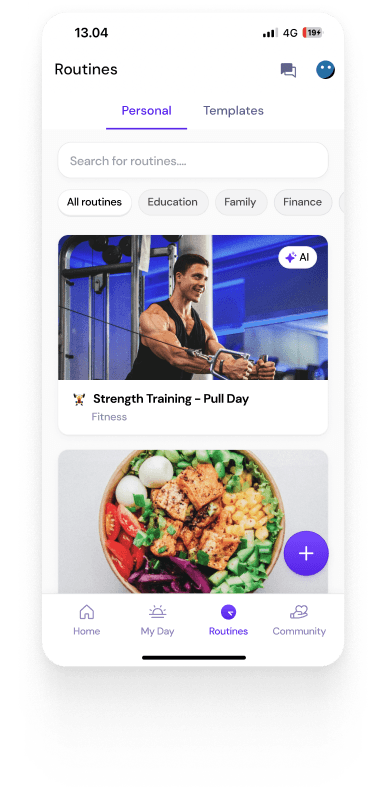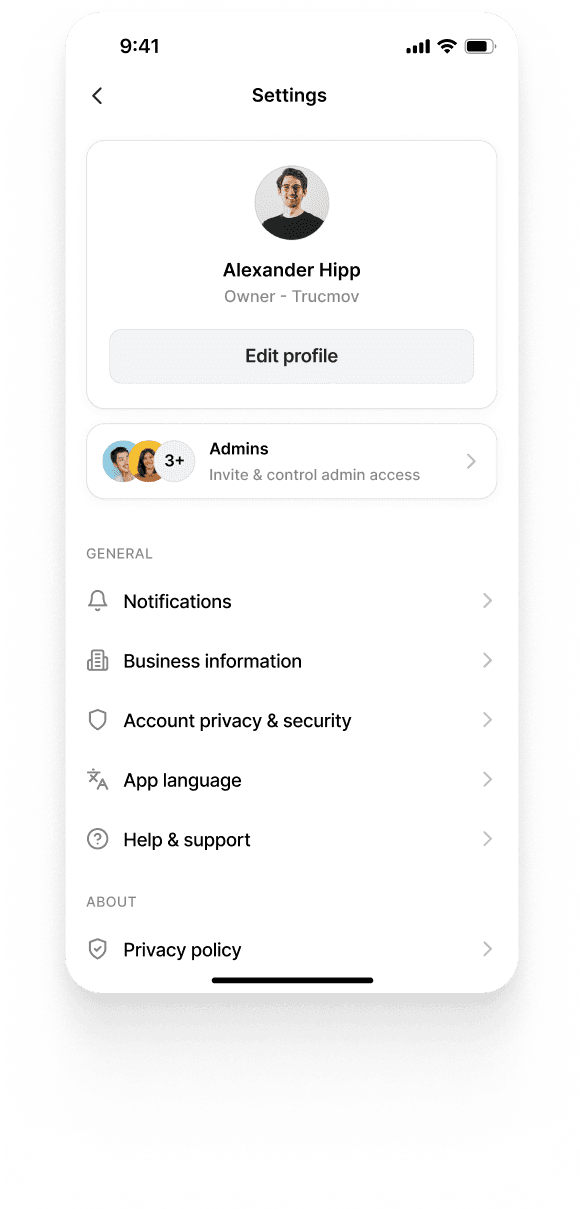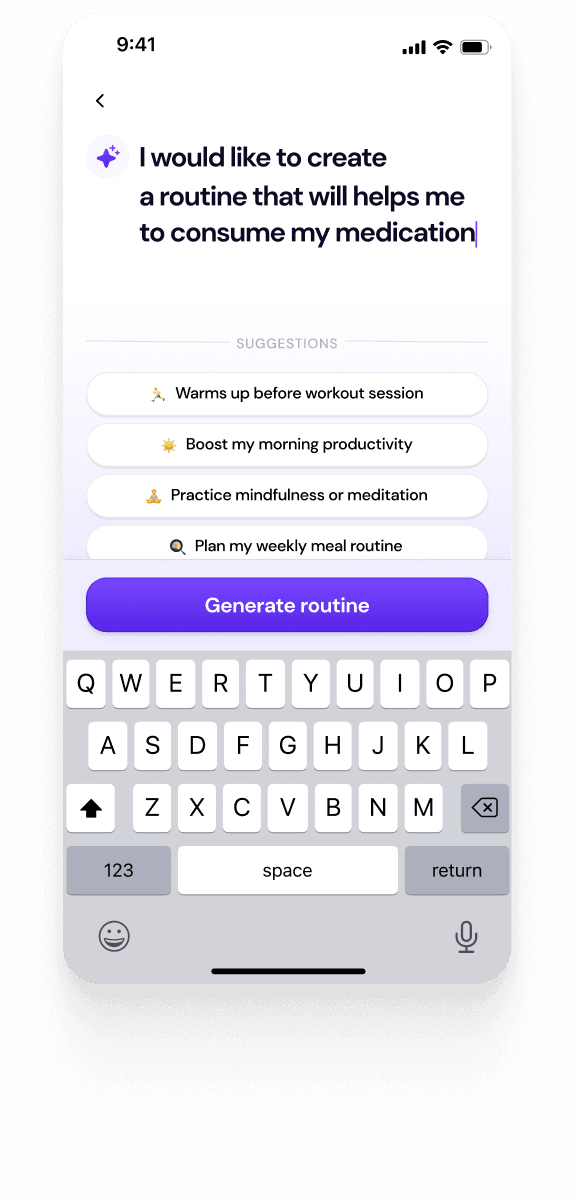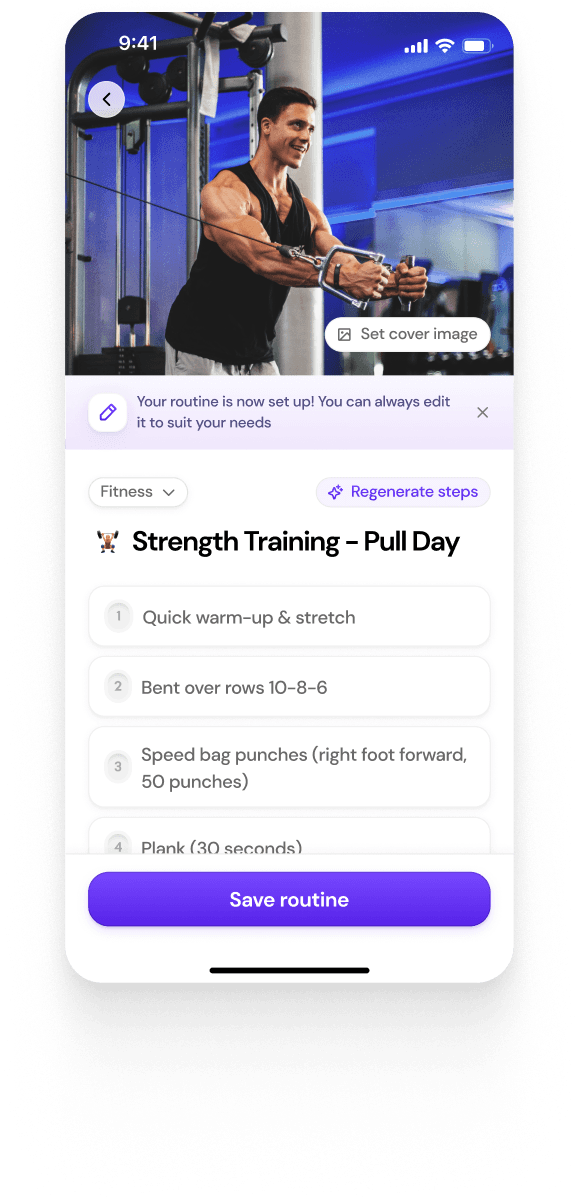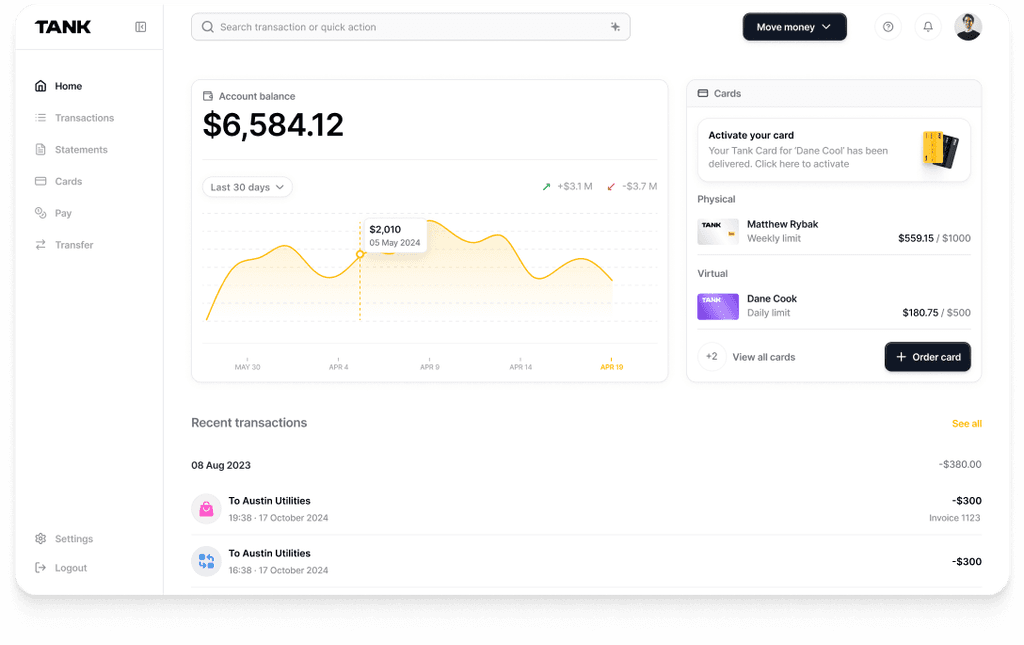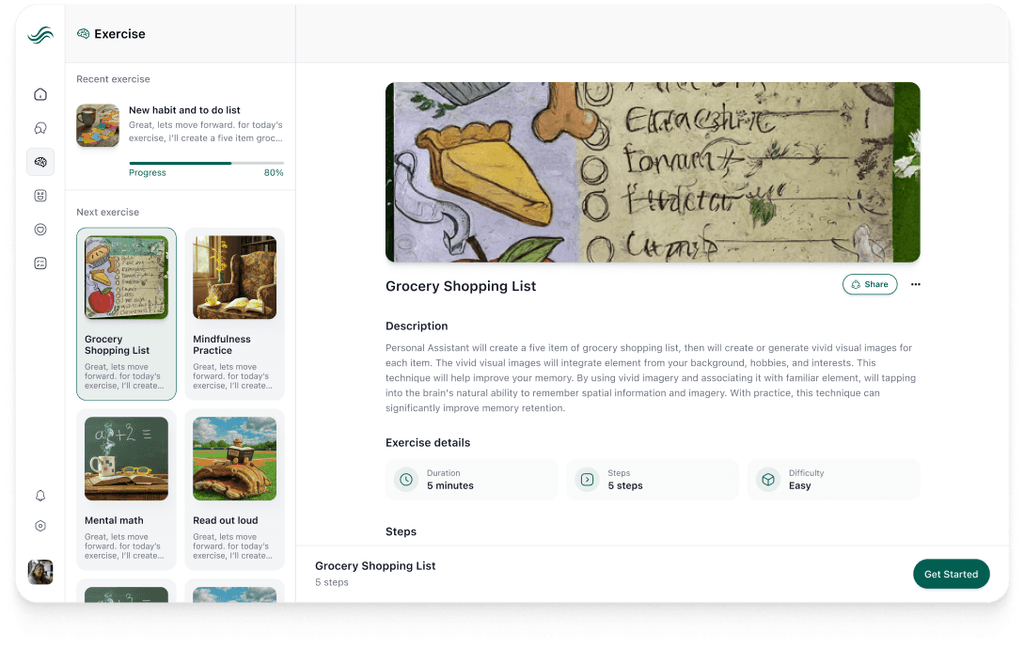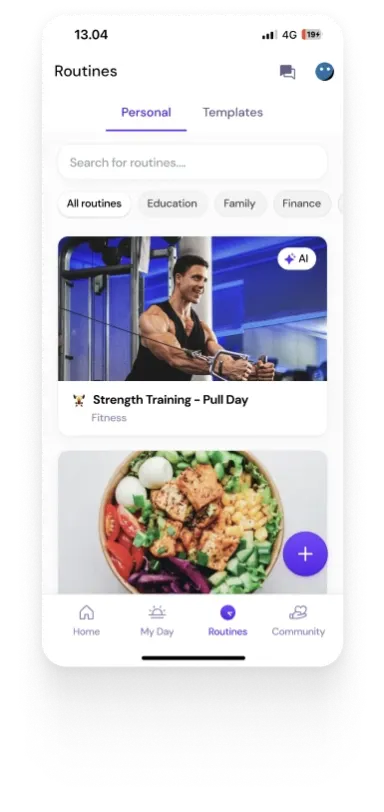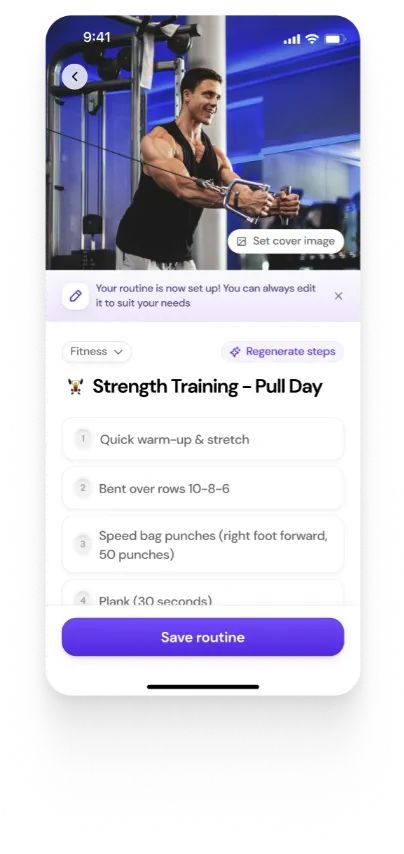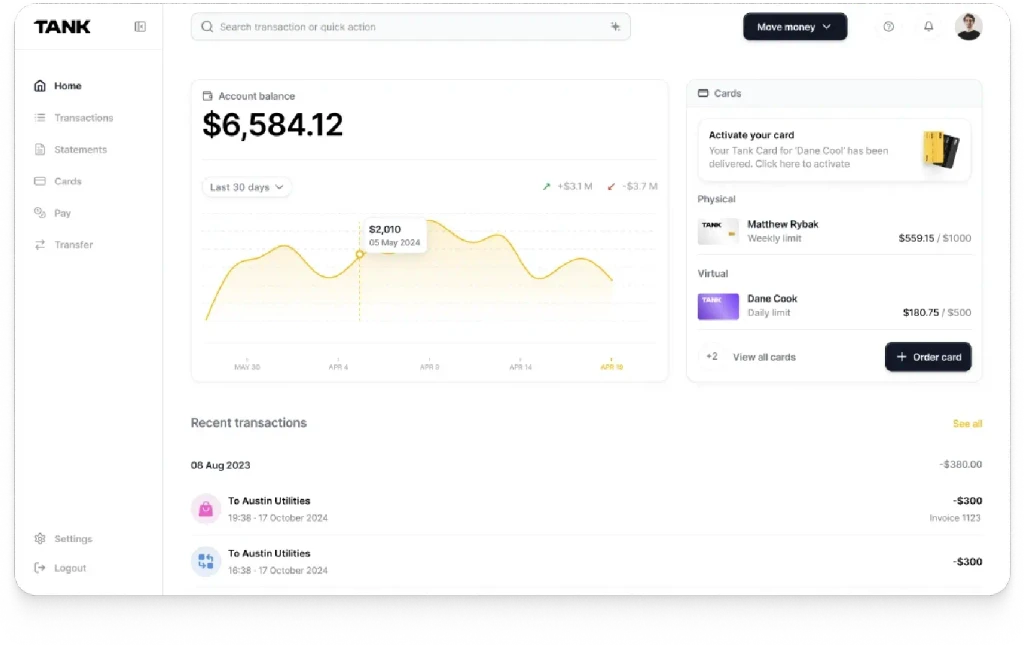Understanding Prompt Engineering and Context Engineering
Summary
Prompt engineering uses well-crafted language to guide AI, while context engineering builds structured environments with tools, memory, and retrieval. Prompting is fast and accessible but brittle; context engineering supports complex, scalable AI but adds system complexity. Together, they form a continuum in AI system design.
Key insights:
Prompting is Linguistic Tuning: Prompt engineering influences output using language phrasing, examples, and reasoning patterns.
Context is Systems Thinking: Context engineering assembles tools, memory, and data to enrich AI’s task-specific environment.
Prompting is Accessible but Brittle: It's easy to use but sensitive to small changes, lacking persistence and generalization.
Context Enables Multi-Turn Reliability: Context systems maintain state, reduce hallucinations, and scale across complex workflows.
They’re Complementary, Not Competing: Combining strong prompting within robust context setups yields optimal AI results.
Strategic Shift Toward Context: Serious AI applications increasingly require context engineering for accuracy and alignment.
Introduction
Artificial intelligence (AI) systems powered by large language models (LLMs) have introduced new paradigms for how we guide and control their behavior. Initially, prompt engineering dominated the field due to its simplicity and accessibility. However, as AI applications have become more intricate, context engineering is becoming more prominent. These two approaches represent different techniques and distinct paradigms for interfacing with LLMs.
This insight aims to provide an in-depth comparison between prompt engineering and context engineering by highlighting their respective definitions, theoretical foundations, design practices, applications, challenges, and strategic implications.
Definitions
1. Prompt Engineering
Prompt engineering entails designing and refining textual instructions or questions (prompts) to guide generative AI models towards desired outputs. It leverages the model’s inherent ability to interpret natural language instructions and context provided in the prompt itself to enable task-specific performance without modifying the model’s internal parameters.
This technique blends creative phrasing with technical knowledge to influence the output effectively, often enhancing specificity, tone, formatting, and overall output quality through precisely crafted language. In many applications, especially during the early rise of AI tools, prompt engineering allowed users to produce high-quality results by simply iterating over different phrasings, adding or removing contextual examples, and tuning their wording to exploit subtle behavioral patterns in LLMs.
Prompt engineering grew into a recognized field as researchers documented patterns like zero-shot or few-shot prompting, chain-of-thought (CoT) reasoning structures, and system message control. Each prompt is often designed with a specific model behavior in mind, reflecting an understanding of how language models process and respond to textual cues based on their training data and architecture.
2. Context Engineering
Context engineering is an expansive approach that includes strategic assembly and management of all relevant information and resources an AI model requires to perform its tasks effectively. Unlike static prompts, context engineering dynamically integrates multiple contextual components, including historical and conversational data, external information retrieval, tools, APIs, structured memory systems, and function definitions. The goal is to provide an AI model with a comprehensive and structured environment that enhances its capability to produce accurate, reliable, and contextually appropriate responses.
In contrast to prompt engineering’s focus on phrasing, context engineering emphasizes systems design: constructing architectures that ensure the model consistently receives pertinent information. This includes orchestrating how memory is summarized and reinserted into the prompt, which documents are retrieved and formatted, and how tools are described and invoked. A context-engineered system considers not just the content of what is said to the model but how, when, and under what conditions the content appears.
Theoretical Foundations
1. Prompt Engineering
The theoretical foundation of prompt engineering relies heavily on “in-context learning” capabilities of modern LLMs, which enables them to understand and execute tasks solely based on textual inputs. Prompt engineering uses the conditional probability of token predictions, conditioning a model’s output on the carefully designed prompts. It combines linguistic principles and empirical methods to steer a model’s output to a certain outcome. Prompt engineering focuses on optimizing prompts within a model’s limited context window, relying on model behavior prediction based on prompt wording and structure.
Prompting functions as a form of implicit programming, where natural language acts as code. Because language models do not learn during inference, all adjustments to model behavior must occur via input conditioning. The success of prompting depends on clarity as well as exploiting cues embedded in the model’s training distribution. For example, starting a question with “You are an expert Flutter Engineer…” may activate associations within the model that lead to more technically accurate responses. As such, prompt engineering operates at the intersection of semantics, syntax, and statistical learning.
2. Context Engineering
Context engineering emerged to address inherent limitations in prompt engineering, such as short context windows, lack of persistent memory, and static access to knowledge. Its theoretical foundation views AI models as components in a larger pipeline, rather than standalone thinkers. Performance is enhanced through the strategic use of external knowledge sources, memory representation, and tool integrations.
This technique includes principles from information retrieval (what data is relevant and when), memory management (working memory vs long-term memory), and software architecture (modularity, reusability, error handling). Techniques such as retrieval-augmented generation (RAG), contextual summaries, hybrid memory states, and dynamic context assembly are common methods used in context engineering.
Design Practices
1. Prompt Engineering
Prompt engineering involves iterative processes requiring frequent adjustments based on the outputs generated by a model. Experts use explicit instruction wording, role and persona definitions, and structured reasoning patterns, such as few-shot prompting and chain-of-thought approaches. The process often requires meticulous attention to language nuances and formatting. Well-established practices include:
Role Assignment: Specifying the model’s identity (e.g., “You are a professional translator”)
Formatting Constraints: Requesting answers in bullet points, JSON, or specific sentence structures.
Output Constraints: Asking the model to only answer in a certain tone or from a certain perspective.
Step-wise Reasoning: Leading the model through logic via chain-of-thought examples.
Few-shot Examples: Showing the model input-output pairs to illustrate expected outputs.
These methods, while powerful, are often brittle. Small variations in wording or example placement can cause notable differences in output quality or reliability.
2. Context Engineering
Context engineering adopts a more holistic design perspective that includes systematic information curation and dynamic prompt assembly. It involves constructing automated pipelines that aggregate and filter context sources such as system prompts, user dialogue history, real-time data, documents, knowledge base articles, and external tools. This information must then be formatted, ordered, and embedded into the model’s prompt window. Core practices include:
Context Retrieval: Identifying and selecting the most relevant content based on the current task.
Summarization: Condensing large documents or conversations into compact, high-utility summaries.
Tool Integration: Defining and describing functions that the model can call for external tasks (e.g., a database query or scheduling API).
Structured Templates: Organizing different elements of context into predictable and parseable formats.
Memory Slotting: Maintaining different context channels such as short-term, long-term, and user profile information.
Context engineering also involves maintaining session continuity, updating memory representations, handling failures in tool calls, and determining when to refresh or reset parts of the context. The goal is to maintain a stateful and consistent model experience over time.

Practical Applications
1. Prompt Engineering
Prompt engineering has proven effective in rapid prototyping and simpler AI tasks, including content creation (articles, creative writing, marketing), coding assistance, conversational AI interactions, and educational content generation. Its simplicity and direct applicability allow users without extensive technical skills to achieve desirable outcomes.
It is widely used in creative writing tasks, such as generating story ideas, drafting blog posts, or composing poems. In coding, prompts help generate boilerplate code, troubleshoot bugs, and explain code snippets. In education, prompt engineering can simulate tutors that answer student questions or generate practice problems. These applications highlight the accessibility and adaptability of prompt-based systems, especially when tasks are single-turn and low in complexity.
2. Context Engineering
Context engineering is essential for complex, real-world AI applications requiring accurate, reliable multi-turn interactions, such as customer support bots, virtual assistants, and enterprise-level knowledge management solutions. Its applications extend into fields demanding highly accurate outputs, such as finance, healthcare, and law, where providing contextually grounded information significantly reduces the risk of hallucinations and misinformation.
For example, in enterprise search, a context-engineered system can retrieve relevant internal documents and format them alongside the user’s query to generate contextualized answers. In healthcare, context may include patient history and clinical guidelines to ensure accurate, personalized recommendations. In autonomous agents, the model can dynamically call tools, retrieve task-relevant data, and track progress across multiple steps.
Challenges
1. Prompt Engineering
Prompt engineering faces considerable challenges related to prompt brittleness, where minor linguistic or formatting changes unpredictably influence model outputs. It struggles with generalization across diverse inputs and encounters difficulties maintaining context over longer conversations. Security vulnerabilities, such as prompt injection attacks and inherent biases in the model, further complicate the practice. Furthermore, the need for constant interactive refinement and empirical testing can make prompt engineering labor-intensive and unreliable at scale.
Moreover, prompt engineering offers limited modularity. Prompts tailored for one model may not generalize well to newer and more capable models as they are released. The lack of standardized testing also means prompt quality is hard to evaluate systematically, which limits confidence in production deployments.
2. Context Engineering
Context engineering, despite offering greater robustness, introduces complexity through the integration of multiple information sources and tools. Managing context relevance, maintaining updated and accurate contextual data, and dealing with practical limitations such as token constraints pose significant challenges.
System designers must balance completeness against efficiency to ensure that useful information is prioritized and that noise, redundant, or outdated data is excluded. Tool integrations must be carefully formatted and synchronized with user queries. Privacy and access control also become important concerns, especially in shared environments, which must be addressed properly. Lastly, debugging and auditing may become more complex as failures can stem from multiple sources, such as retrieval errors, summarization drift, or broken tool responses, requiring full-stack traceability.
Strategic Importance
1. Prompt Engineering
Prompt engineering has played a vital strategic role in allowing for rapid and cost-effective deployment of AI solutions. Its low barrier to entry facilitated widespread adoption, which offered significant creative and practical opportunities without requiring complex system architectures. Prompt engineering remains valuable for initial prototyping, simpler tasks, and scenarios where rapid interactions with AI models are needed.
In business, it has enabled teams to quickly demonstrate AI capabilities using general-purpose models. In consumer tools, it has allowed app developers to personalize features like chat experiences and content generation with minimal effort. Prompt engineering fueled the early wave of AI innovation, providing a launchpad for experimentation and discovery.
2. Context Engineering
Context engineering strategically addresses the shortcomings of prompt engineering by providing scalable, robust, and reliable solutions suitable for complex applications. Its systematic approach enhances consistency and accuracy, integrating seamlessly with organizational data and workflows.
Strategically, context engineering enables alignment with enterprise goals, regulatory requirements, and long-term user satisfaction. It also enables AI agents that are personalized, persistent, and proactive. Organizations building serious AI products increasingly view context engineering as a foundational competency. Tools like memory, retrieval, and tool-use integrations are becoming standard features of modern AI stacks.
Conclusion
In conclusion, prompt engineering and context engineering collectively represent a developmental continuum in AI systems design. While prompt engineering provides immediate and accessible interactions with AI, context engineering offers the structures and comprehensive approach necessary for scalability and long-term reliability. Ultimately, combining refined prompts within robust context frameworks yields the most effective, consistent, and strategically advantageous AI interactions.
Authors
Engineer smarter AI with Walturn
Walturn designs intelligent systems that merge expert prompting with dynamic context pipelines for performance and reliability at scale
References
Bozkurt, Aras. “Tell Me Your Prompts and I Will Make Them True: The Alchemy of Prompt Engineering and Generative AI.” Open Praxis, vol. 16, no. 2, Jan. 2024, pp. 111–18. https://doi.org/10.55982/openpraxis.16.2.661.
Dharmesh @ simple.ai. “Context Engineering: Going Beyond Prompts to Push AI.” simple.ai by @Dharmesh, simple.ai/p/the-skill-thats-replacing-prompt-engineering.
Gupta, Mehul. “Context Engineering Vs Prompt Engineering - Data Science in Your Pocket - Medium.” Medium, 30 June 2025, medium.com/data-science-in-your-pocket/context-engineering-vs-prompt-engineering-379e9622e19d.
Schmid, Philipp. “The New Skill in AI is Not Prompting, It’s Context Engineering.” Philschmid, 30 June 2025, www.philschmid.de/context-engineering.
A Systematic Survey of Prompt Engineering in Large Language Models: Techniques and Applications. arxiv.org/html/2402.07927v1.
“What Is Prompt Engineering?” McKinsey & Company, 22 Mar. 2024, www.mckinsey.com/featured-insights/mckinsey-explainers/what-is-prompt-engineering.













